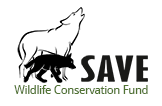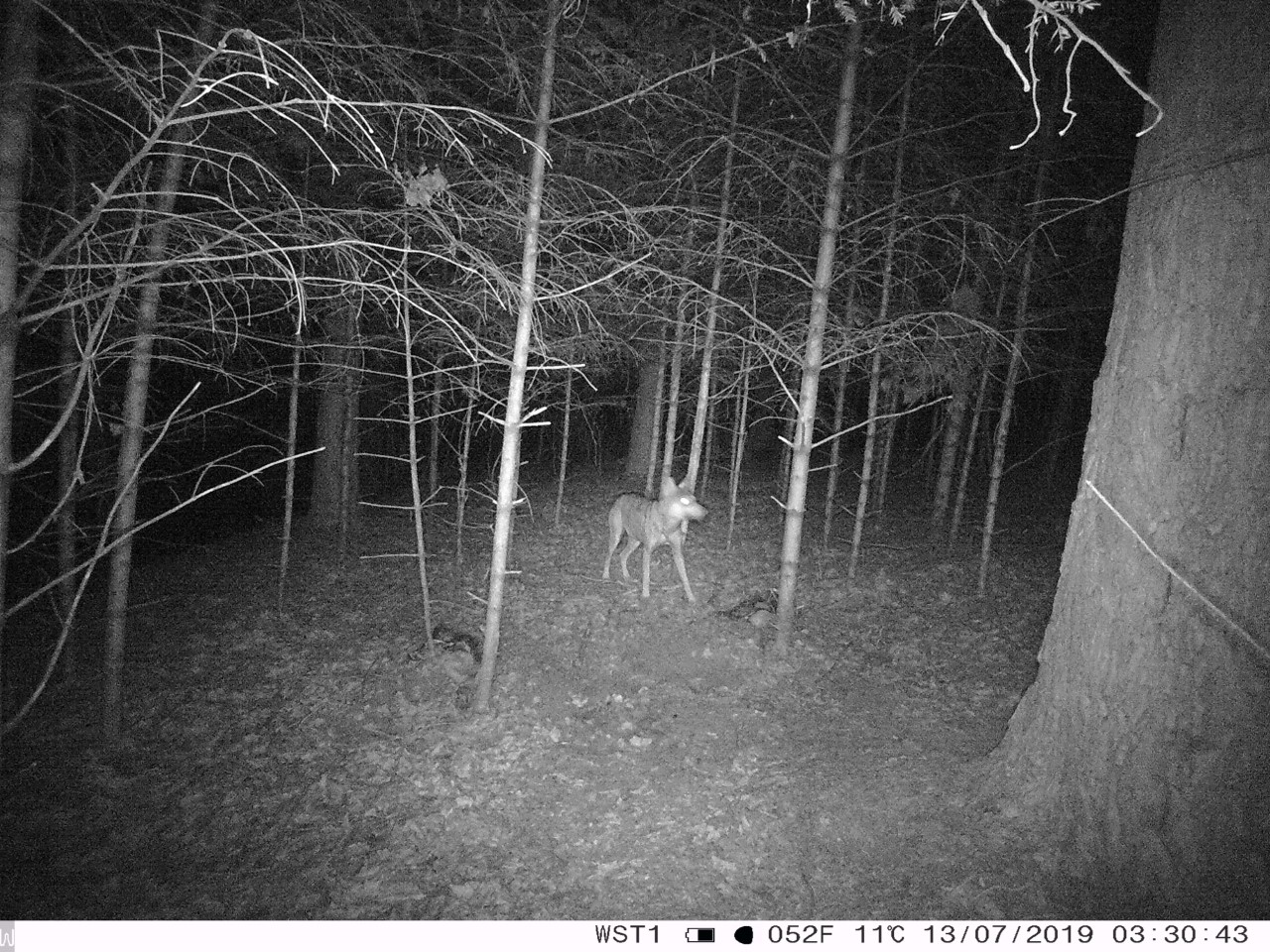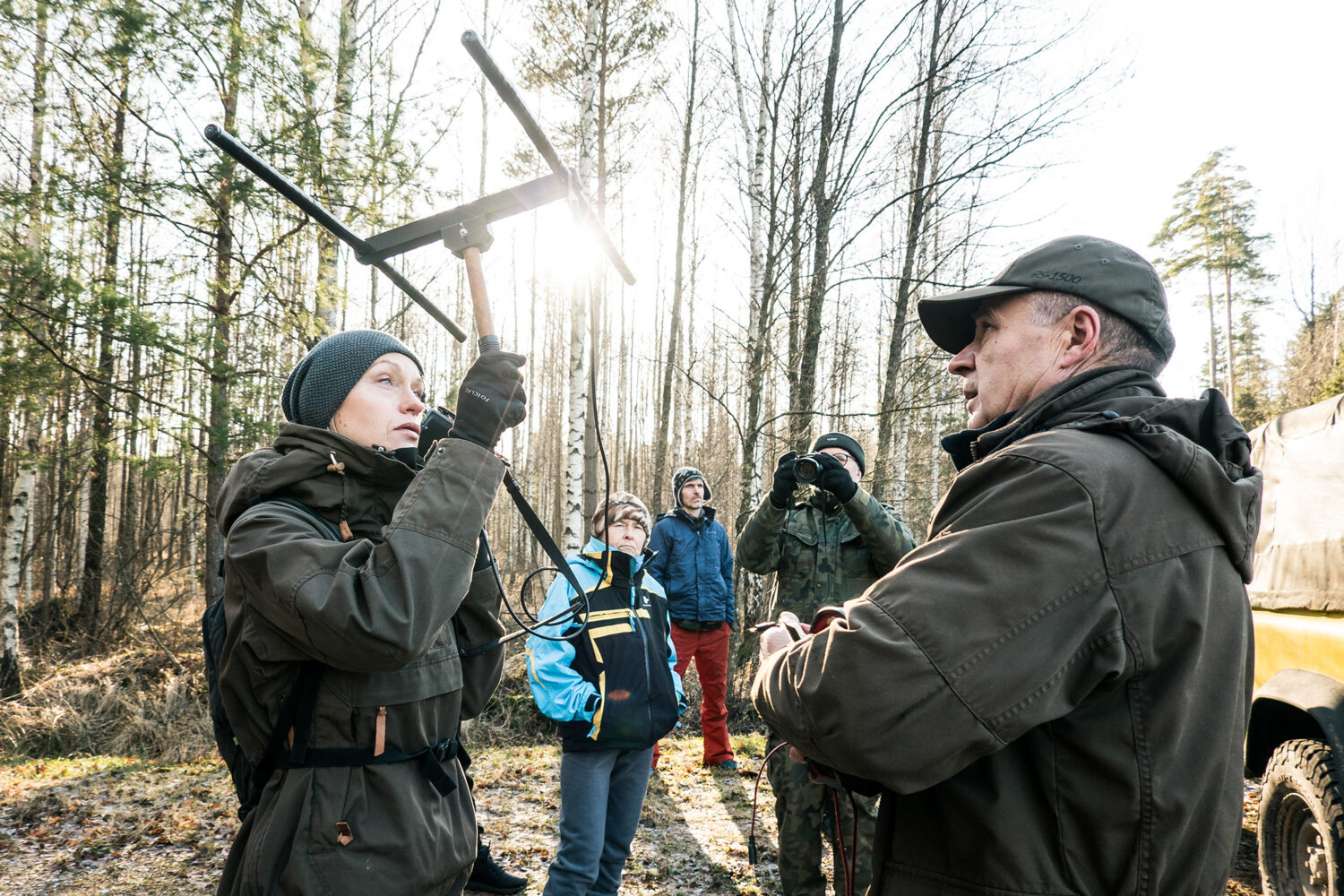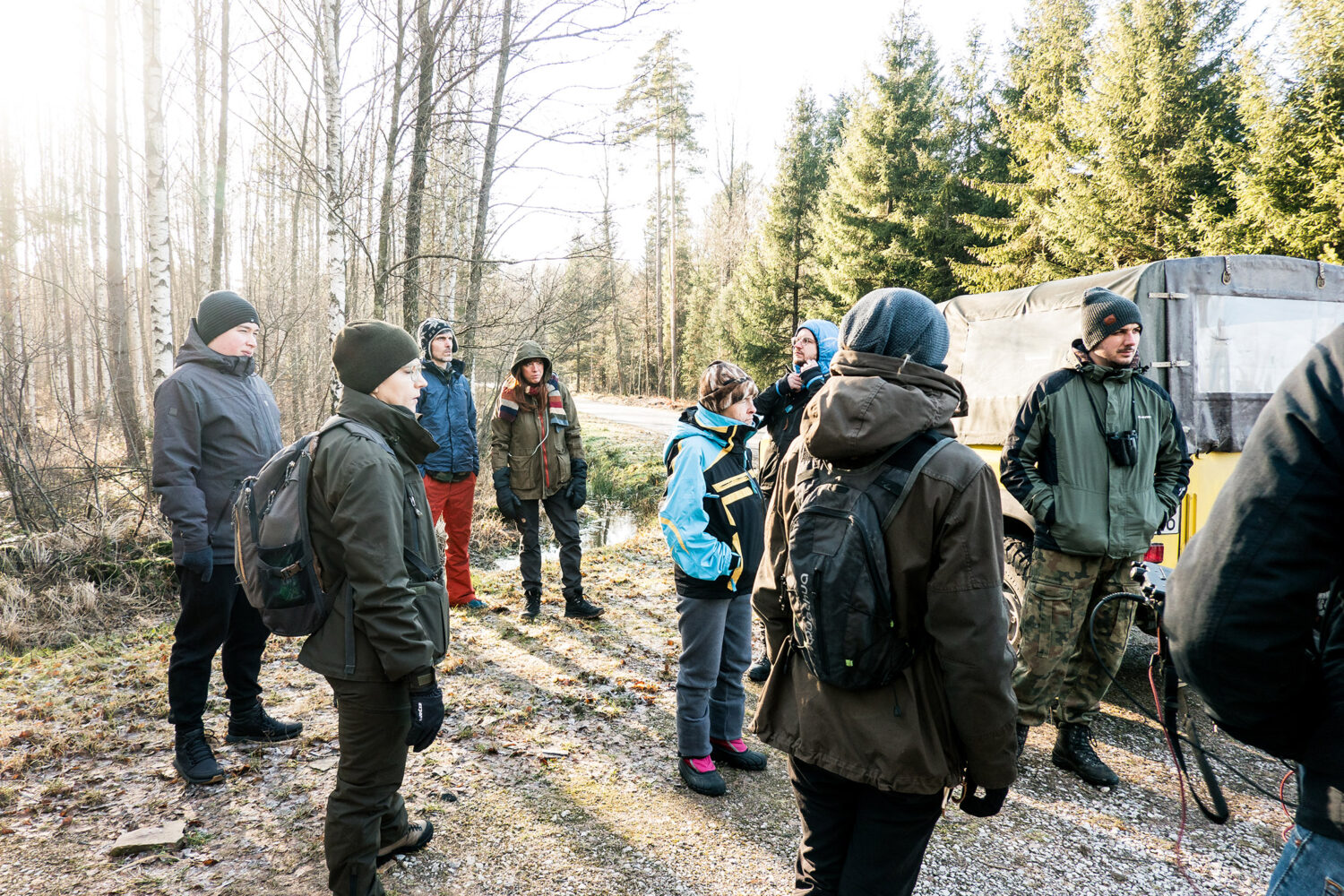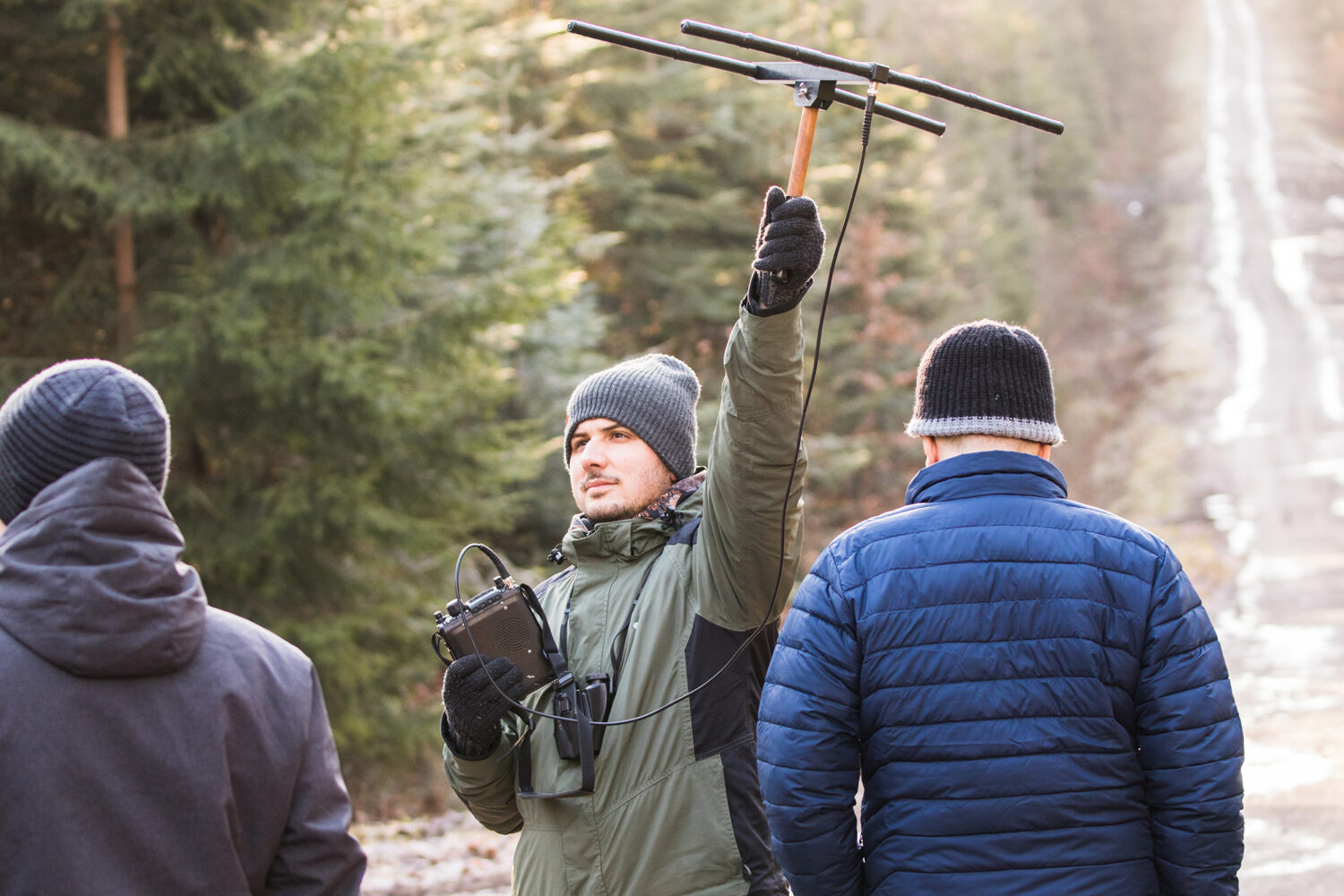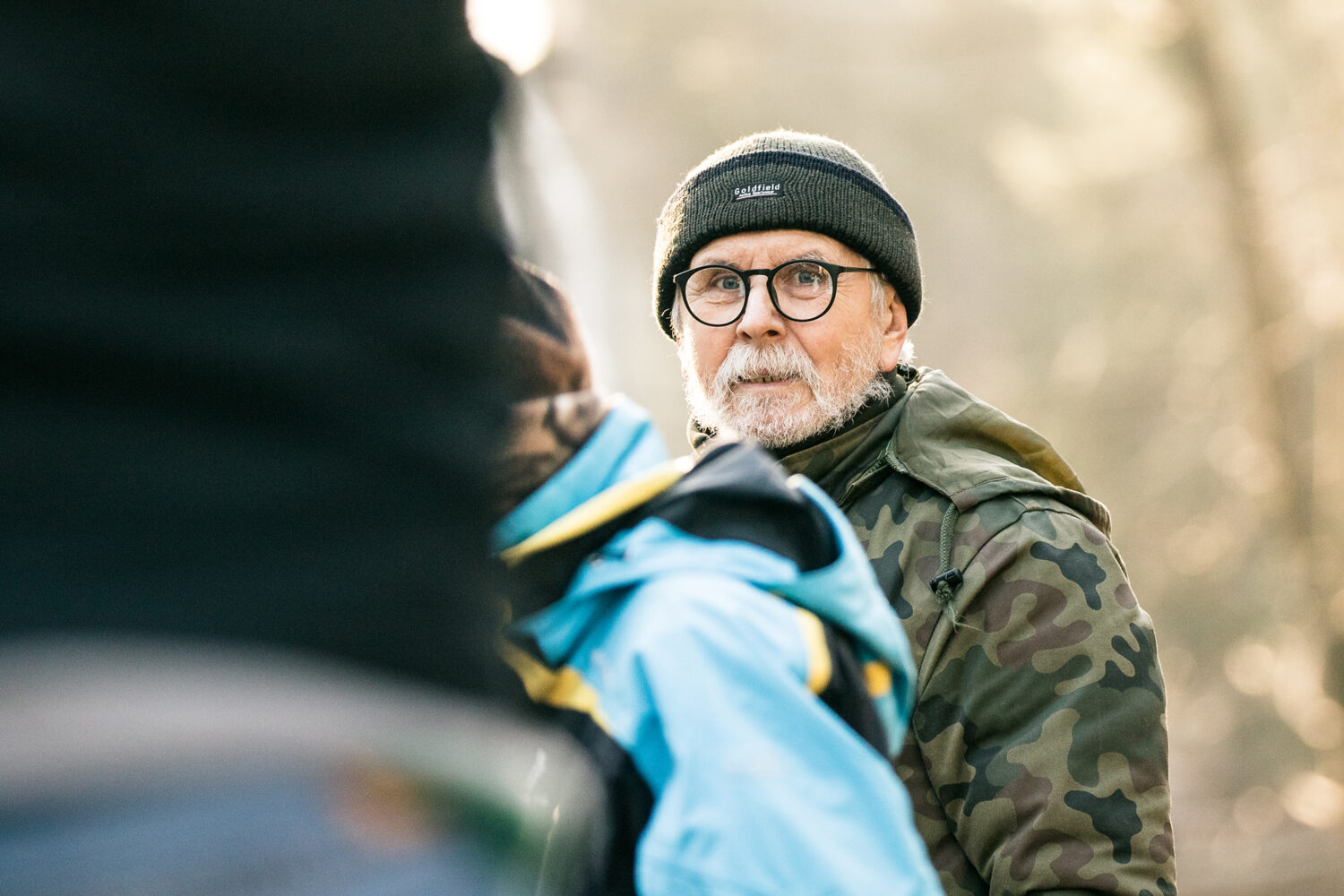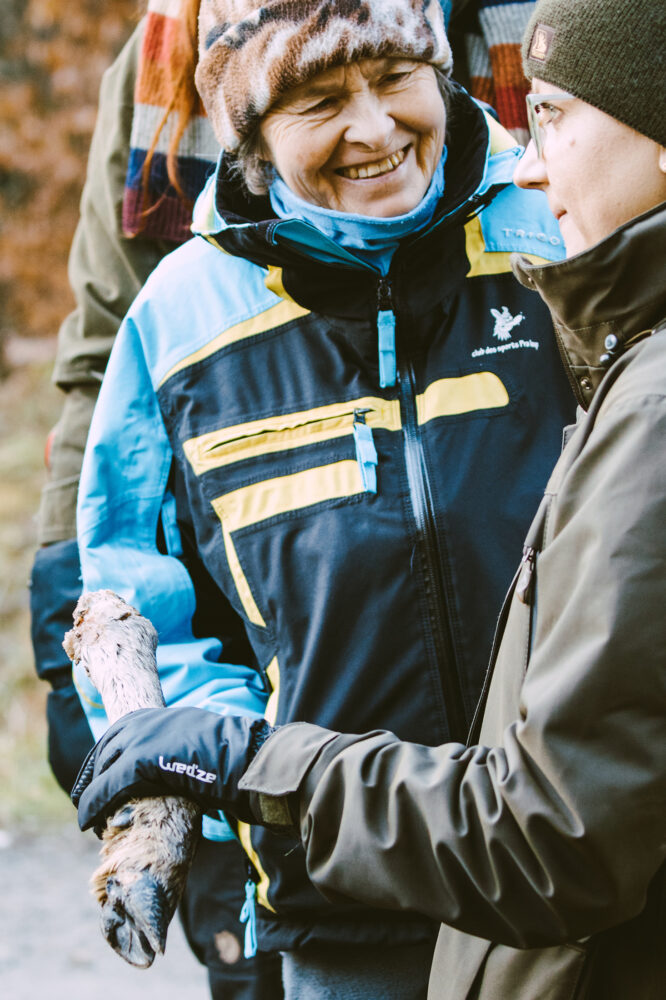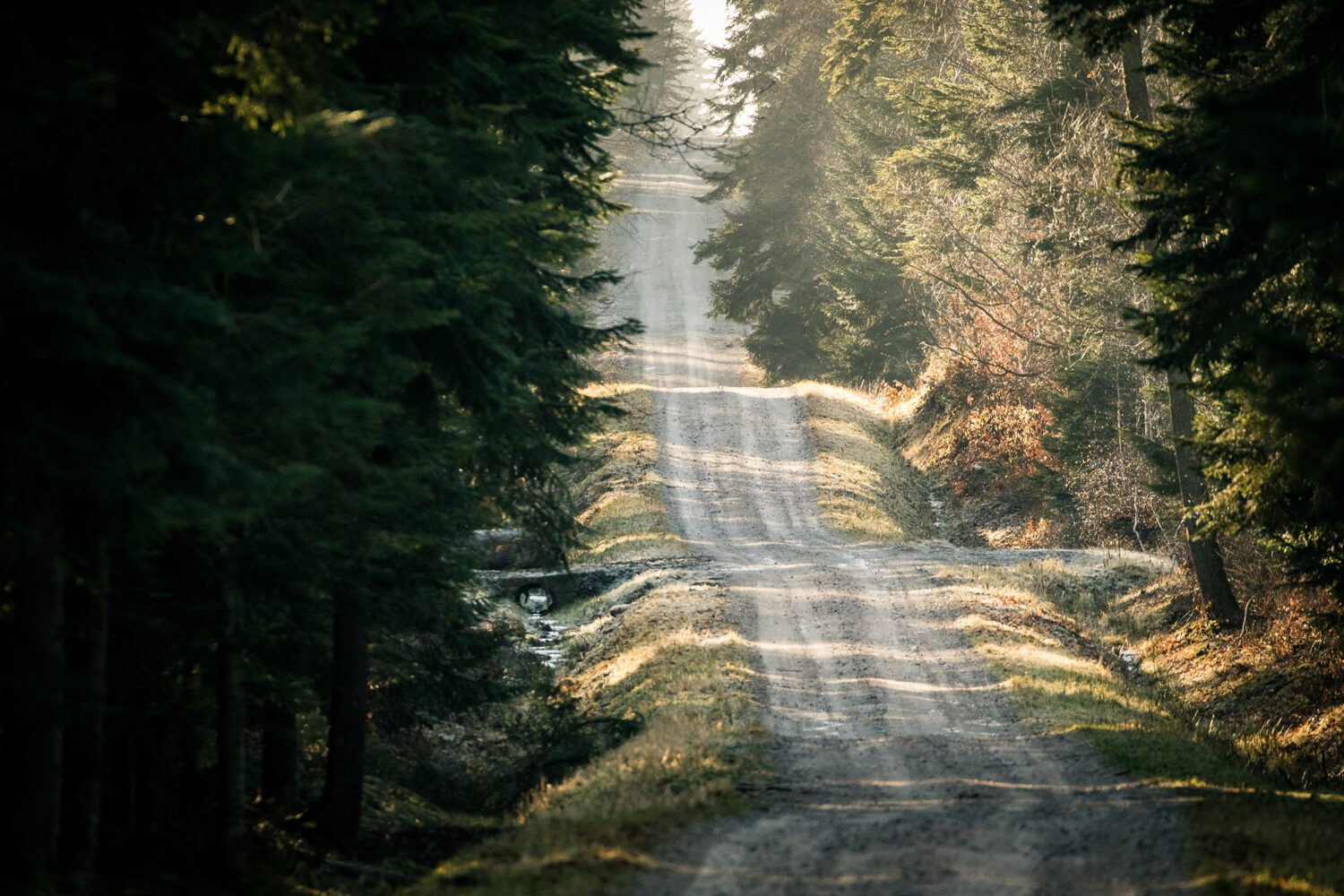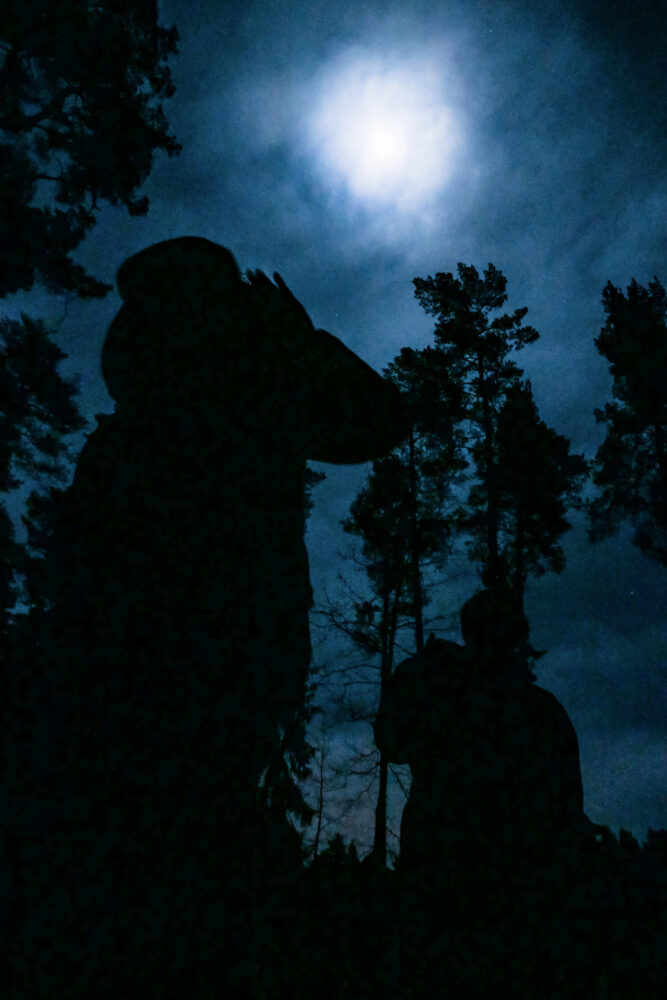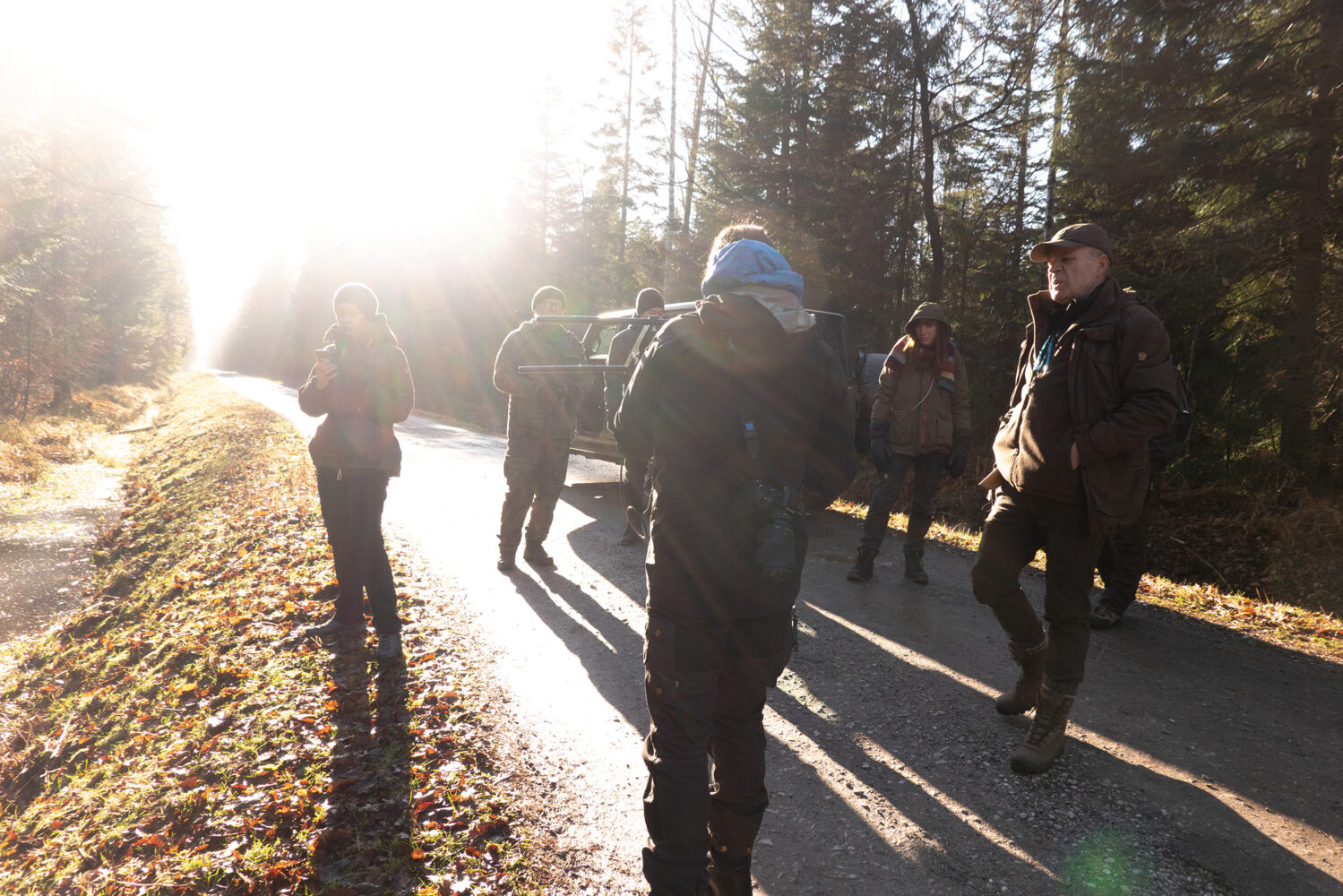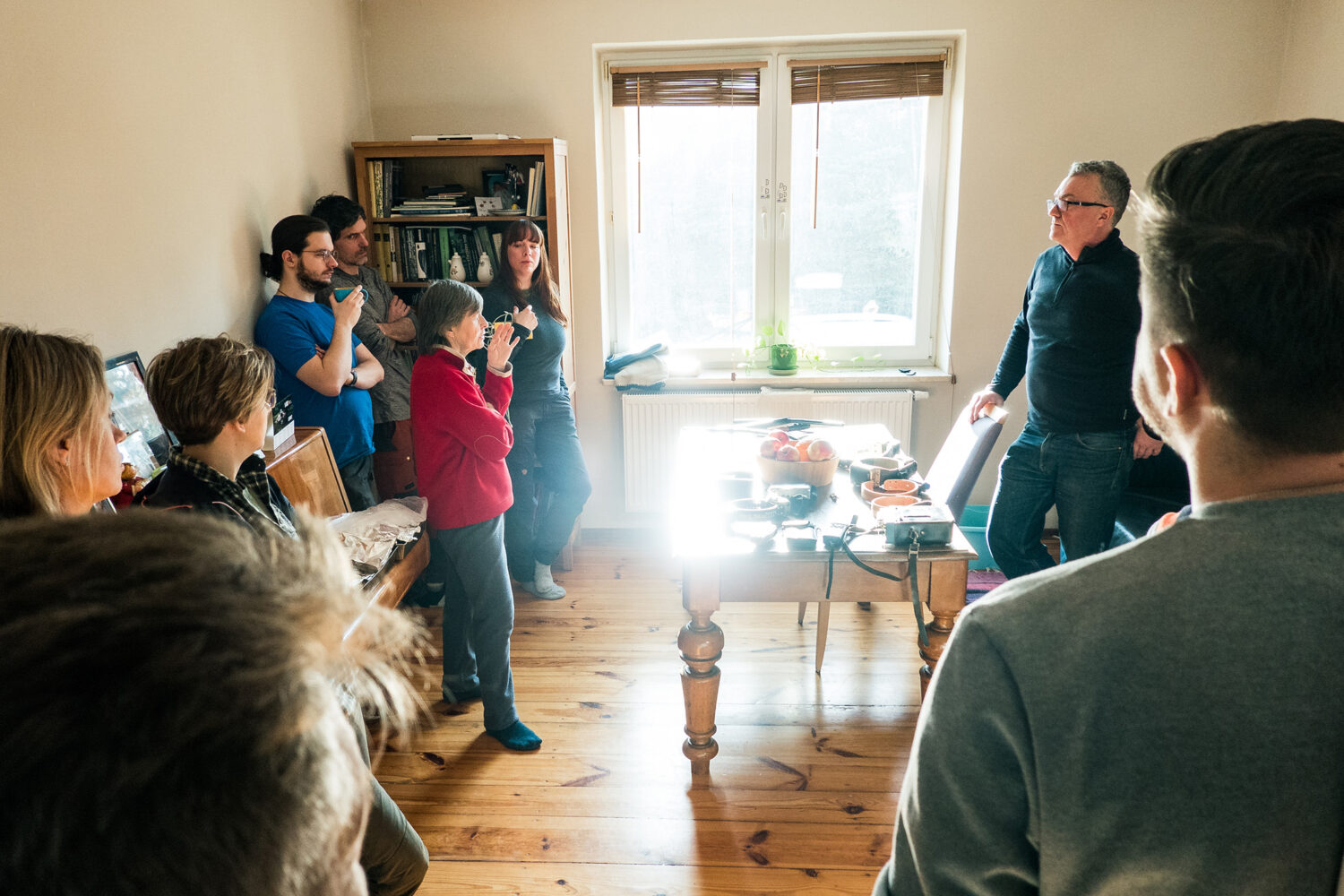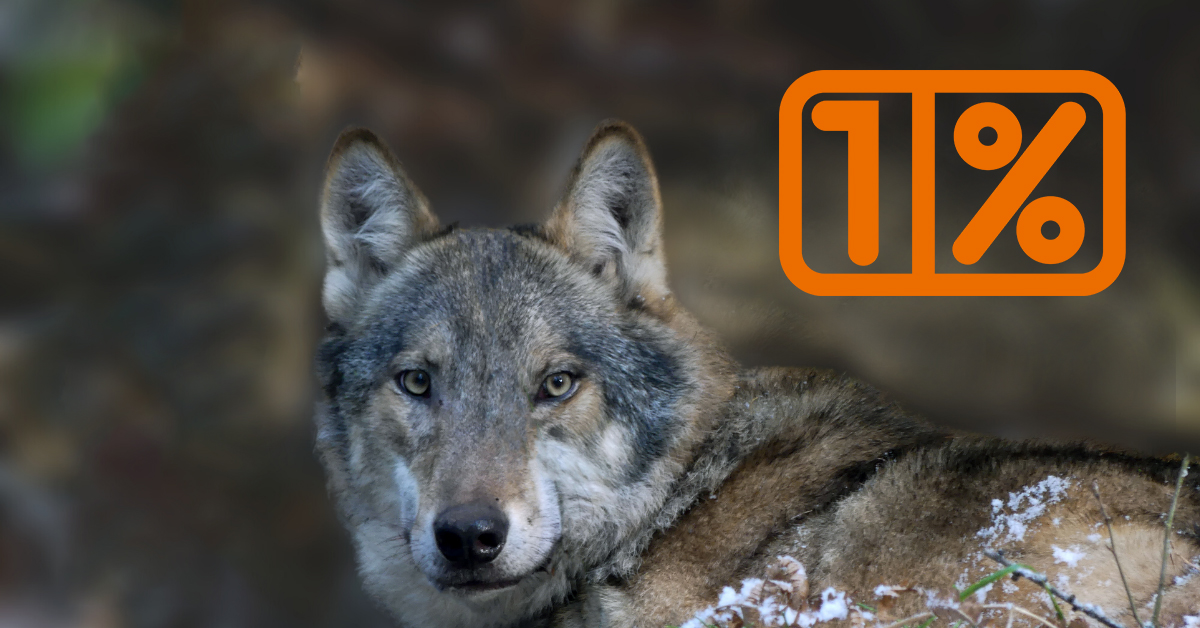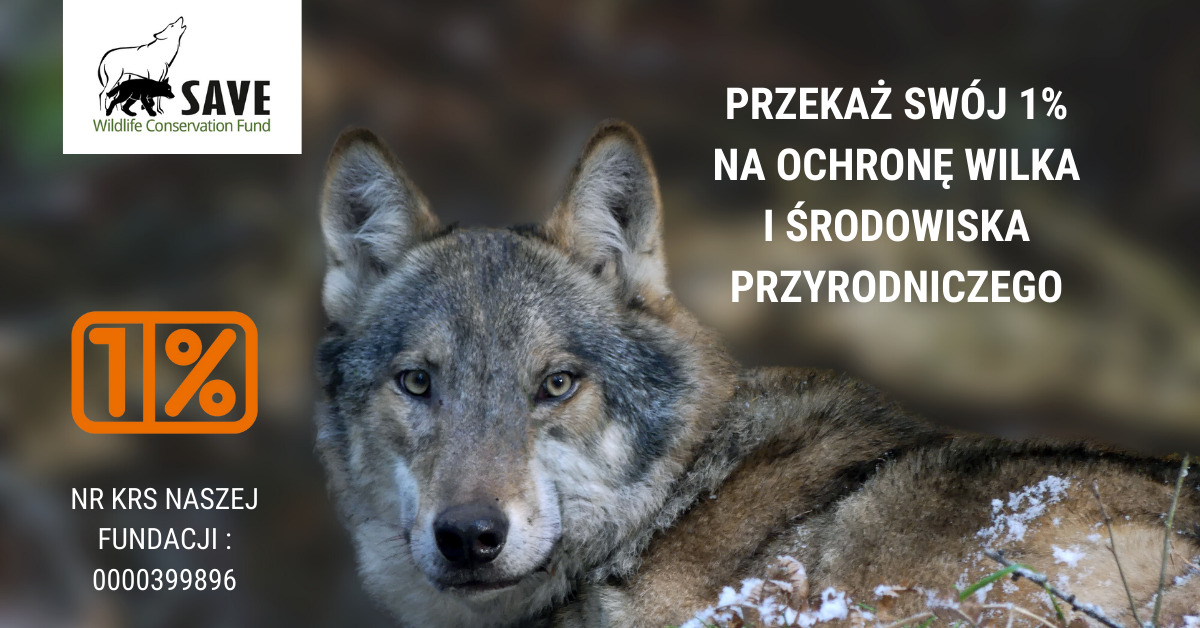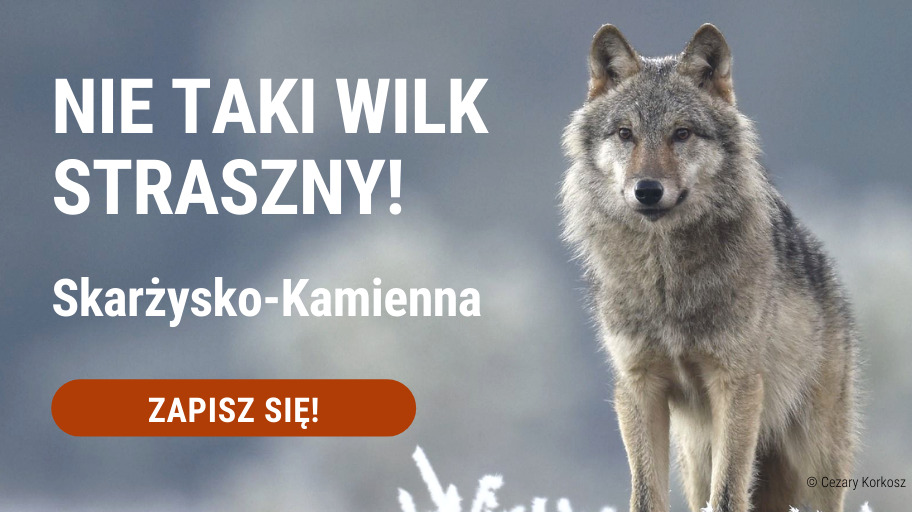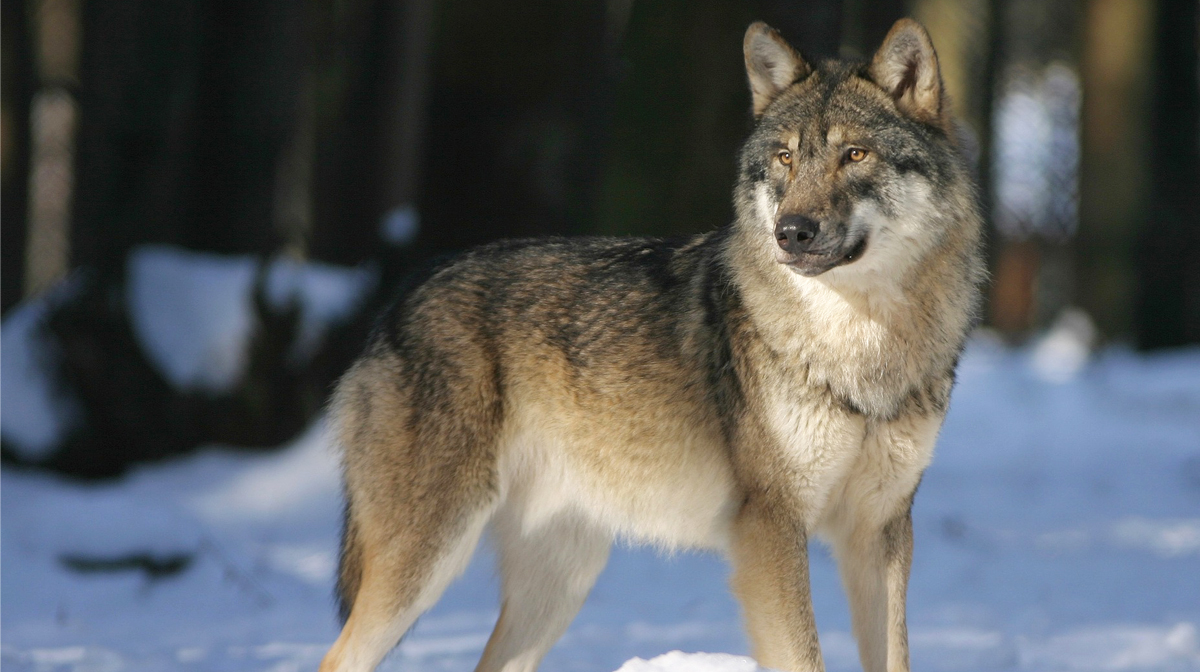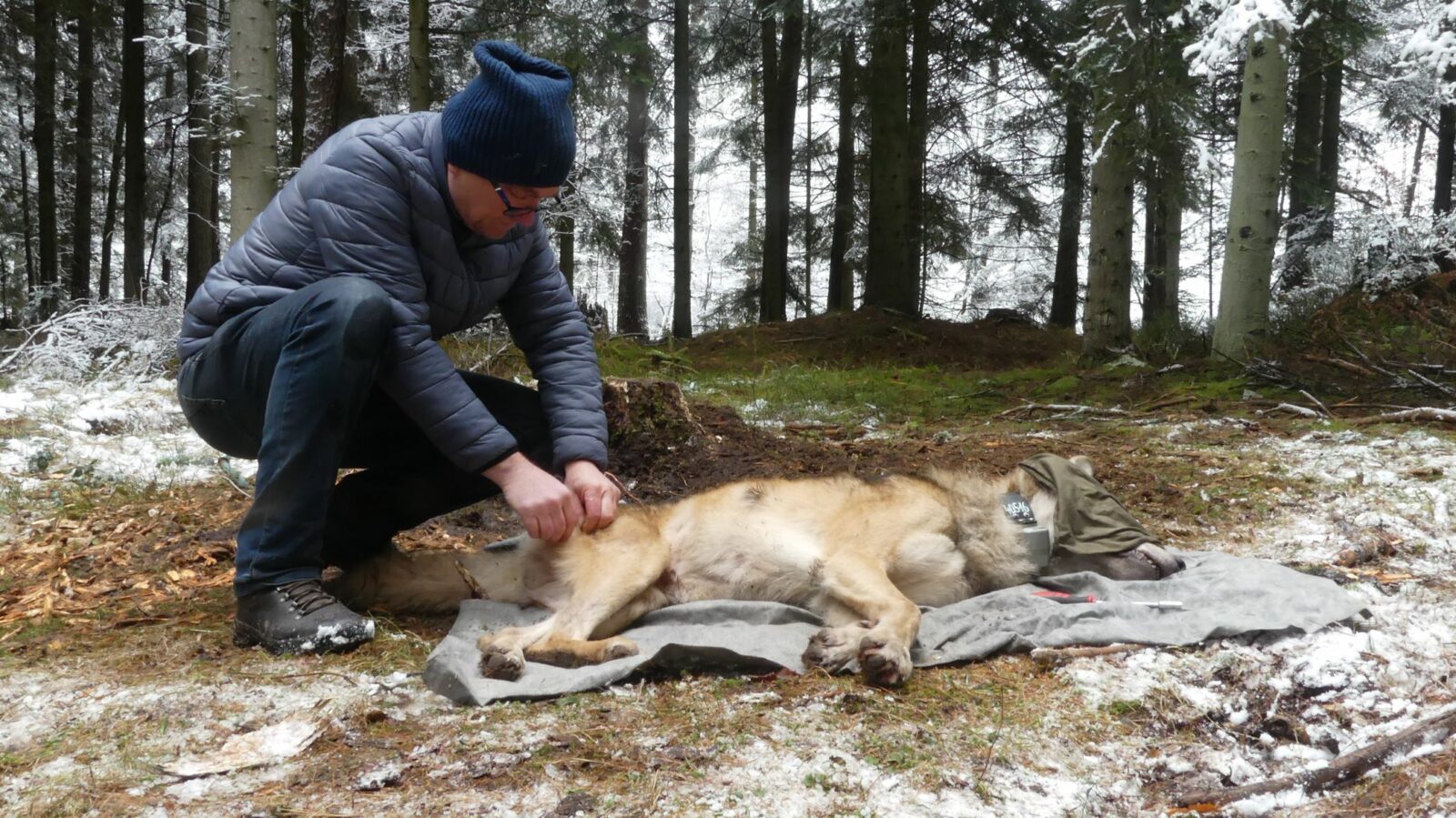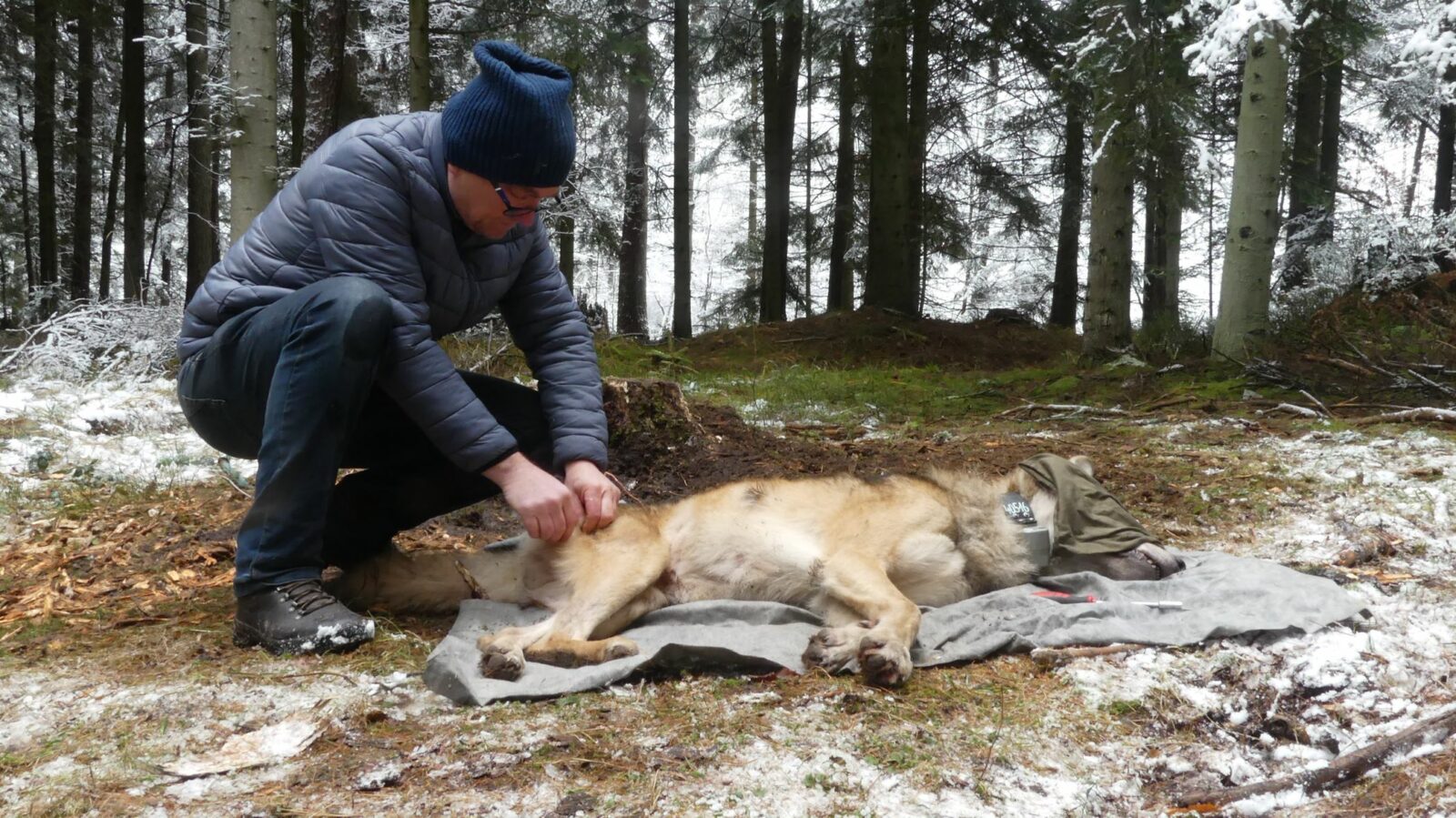Wolf attacks on livestock in Podkarpacie - 2021 report
Wolf attacks on livestock - 2021 report
Compiled from 2021 data, the report clearly shows that the level of damage caused by wolves remains steady and is not increasing.
Analysis of the 2021 data report clearly shows that the level of damage caused by wolves remains at a similar level and is not increasing. The number of wolf attacks on livestock in 2021 was 132, comparable to 2020 (135 attacks) and lower than in previous years (167 attacks in 2019, 166 in 2018), despite the fact that the number of wolves in Podkarpacie seems to be systematically increasing.
According to data from the second half of 2021 (July 1 – December 31), there were 98 wolf attacks on livestock during this period. This is a slight increase from the second half of 2020, when there were 91 attacks, but a decrease of as much as 26% from the second half of 2019, when there were 122 attacks.
The species most frequently attacked by wolves in the second half of 2021 were sheep (68 attacks), followed by cattle (7), horses (6), goats (4), and fallow deer and farmed deer (12).
Summing up the entire year 2021, there were 132 attacks on livestock. Additionally, there were 108 confirmed wolf attacks on dogs in farmyard areas, and about 30 reports of wolves appearing between buildings or in close proximity to people.
Source: Hubert Fedyń, RDOŚ in Rzeszów
1% for wolves!
1% for wolves!
Help us protect wolves and forest ecosystems!
We are a public benefit organization, so please – remember about us when filling out your PIT!
1% is a lot for our wolf monitoring project. Photo-traps, telemetric collars, equipment to catch and collar wolves, gasoline, scientific research (including genetic) – all this costs a lot. Without the support of people like you, we would not be able to function.
Through our actions, focused on education and obtaining reliable data on the status of the wolf population, we are trying to change the image of the wolf to a more positive one and to consolidate in society a love of Polish nature and pro-ecological attitudes.
Protect the wolf and Polish nature with us!
Our data:
Fundacja SAVE – Wildlife Conservation Fund
ul. Polna 7, Komorniki; 55-300 Środa Śląska
KRS: 0000399896
Wolf educational meeting - Skarżysko-Kamienna 20.02.
Wolf educational meeting - Skarżysko-Kamienna 20.02.
We invite you to an educational meeting about wolves, which will take place on Sunday, February 20 in Skarżysko-Kamienna. There will be a lot of interesting information about “our” wolves and a demonstration of tools used in the work of a wolf researcher!
Meet Geralt the wolf and his family living in the woods around Skarżysko-Kamienna!
Where do they go, what do they do, how do they spend their time? And how to be on good terms with them?
- Get to know → Geralt and other “our” wolves
- SEE → What the work of wolf researchers looks like
- LISTEN → Stories and anecdotes from wolf hunting
- SEE → how to peacefully coexist with a wolf behind a fence
- TOUCH → wolf skull and determine age of the wolf by its teeth
- LEARN TO → howl like a real wolf and recognize its tracks
Professor Roman Gula, a lecturer at the Polish Academy of Sciences and the head of our Foundation’s wolf monitoring and conservation project, will talk about wolves, nature and ecology.
Other speakers will talk about the daily work of wolf researchers: Jacek Major and Artur Milanowski, long-time wolf experts with vast experience.
We will answer questions:
– do wolves howl to the moon?
– What should we do if a wolf crosses our path?
– How to live peacefully with a wolf?
– Are wolves useful?
– How to recognize wolf droppings and why are they so interesting?
– and many, many more!
FOR WHO?
– for older kids and adults
WHERE?
– Municipal Cultural Centre in Skarżysko-Kamienna, 25 Słowackiego St.
WHEN?
– Sunday 20.02.2022, 14:00-16:00
REGISTRATIONS:
– at zapisy@fundacja-save.pl
Number of places limited. Admission free!
THE MEETING WILL BE HELD IN POLISH
Wolf researcher's workday
Wolf researcher's workday
Take a look at the field work of our wolf monitoring project – the English subtitles attached!
Wolf monitoring is a series of activities that are carried out periodically in a given area. Walking the length and breadth of the forest in search of signs of wolf presence is a major part of this activity, as is collecting wolf droppings found on the ground.
Jacek Major, the author of beautiful drawings and a wolf expert who has been working with our foundation for years, tells us about a typical day in the field.
January "Wolf workshop" report
Report from the January "Wolf Workshop"
On Saturday, January 15th, in the forests near Skarżysko-Kamienna another “Wolf workshop” organized by our Foundation took place.
During the workshop the participants had the opportunity to get acquainted with the specifics of wolf researchers’ work, to collect their own material and to try to track one of the collared wolves using professional equipment.
The workshop started at 11:00 with a presentation of telemetry technologies. Participants were able to see up close the telemetry collars used in the past and those we use today.
After a brief lecture on telemetry, the plan for the next few hours was presented, and then we headed into the woods to search for Geralt the wolf.
On the trail of Geralt
Geralt, a young male collared by us in late 2021, was located by our volunteers on the morning of the same day. We had hoped to find him again during a workshop in the same area, unfortunately it was not that easy. The hunt that took place just before the workshop had scared away the animals from the part of the forest where Geralt had been in the morning. He also disappeared from our “radars”.
During the several hours of searching for the signal from the wolf’s collar transmitter, we found many interesting traces left by the forest inhabitants. Almost at every step, wolf droppings were waiting for us, which we collected to analyze the wolf diet. Each of the participants had a chance to see how the work of a field biologist looks like and to collect, label and bag wolf droppings with their own hands. At the same time, the participants were able to see with their own eyes what a wolf’s diet looks like. Hair and even pieces of bone were clearly visible in the droppings!
An interesting find was a deer leg lying on the side of the road, most likely the remains of a meal of one of the wolves.
Driving through the forest in all-terrain vehicles we stopped a few times and tried to track down Geralt. The participants took on the role of researchers operating the antenna, and listening to the noise of the ether they tried to pick out the cyclical beeps indicating that the collar was tracked. Unfortunately, to no avail. However, on our way back to the base we came across wolf tracks, most probably from the previous day, as well as some more droppings, which due to the interesting smell aroused exceptional emotions in our participants.
Howling under the full moon
After returning to the base we went for a common meal, followed by a lecture on wolves and the activities of our foundation. Around 7 p.m., when we received fresh GPS data on Geralt’s location, we set off into the forest again. Near the place where the wolf should be, we called out. To the delight of the participants, after a few tense seconds we heard the answer! Not only did Geralt howl at us, but so did the rest of his family members – the entire pack answered us!
Since another attempt to elicit a response from the wolves failed, we drove on. At the next stop, we called out all together, the whole group. Although none of the wolves answered us, the excitement of howling together under a full wolf moon, in the middle of a dark forest, made up for it 100%.
Author: Joanna
We are on Instagram!
Join us and start observing our profile!
We invite you to observe our profile. We will share there, among others, unpublished photos and texts, as well as reports of our researchers from field work on wolf monitoring!
https://www.instagram.com/fundacjasave/
Join us!
Interview with the head of the wolf project
Interview with the head of the wolf project
- What were the beginnings of the wolf project?
- What is the most difficult part of a researcher’s job?
- Is it dangerous to catch wolves?
These and other questions were answered by Professor Roman Gula, head of the wolf monitoring project in the Świętokrzyskie region, during an extensive interview with Paweł Warowny, author of the blog “Nature Adventures”.
We invite you to this unusual and rich reading, from which emerges a picture of a Polish scientist and the challenges he faces, as well as the image of the wolf as it really is, not according to popular myths. We invite you!
The entire interview (in Polish) can be found here: https://przygodyprzyrody.pl/wilk-wywiad-z-romanem-gula/
